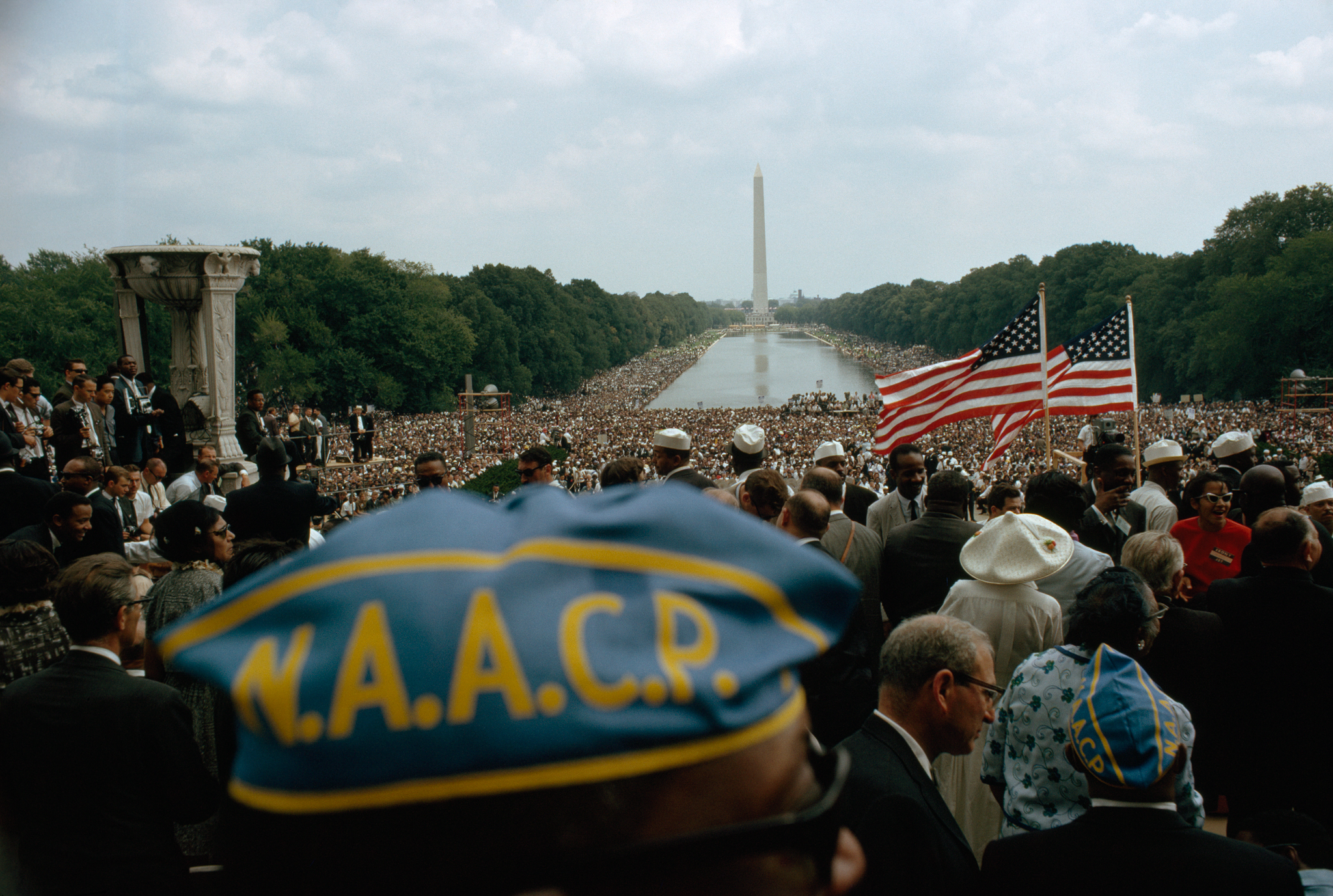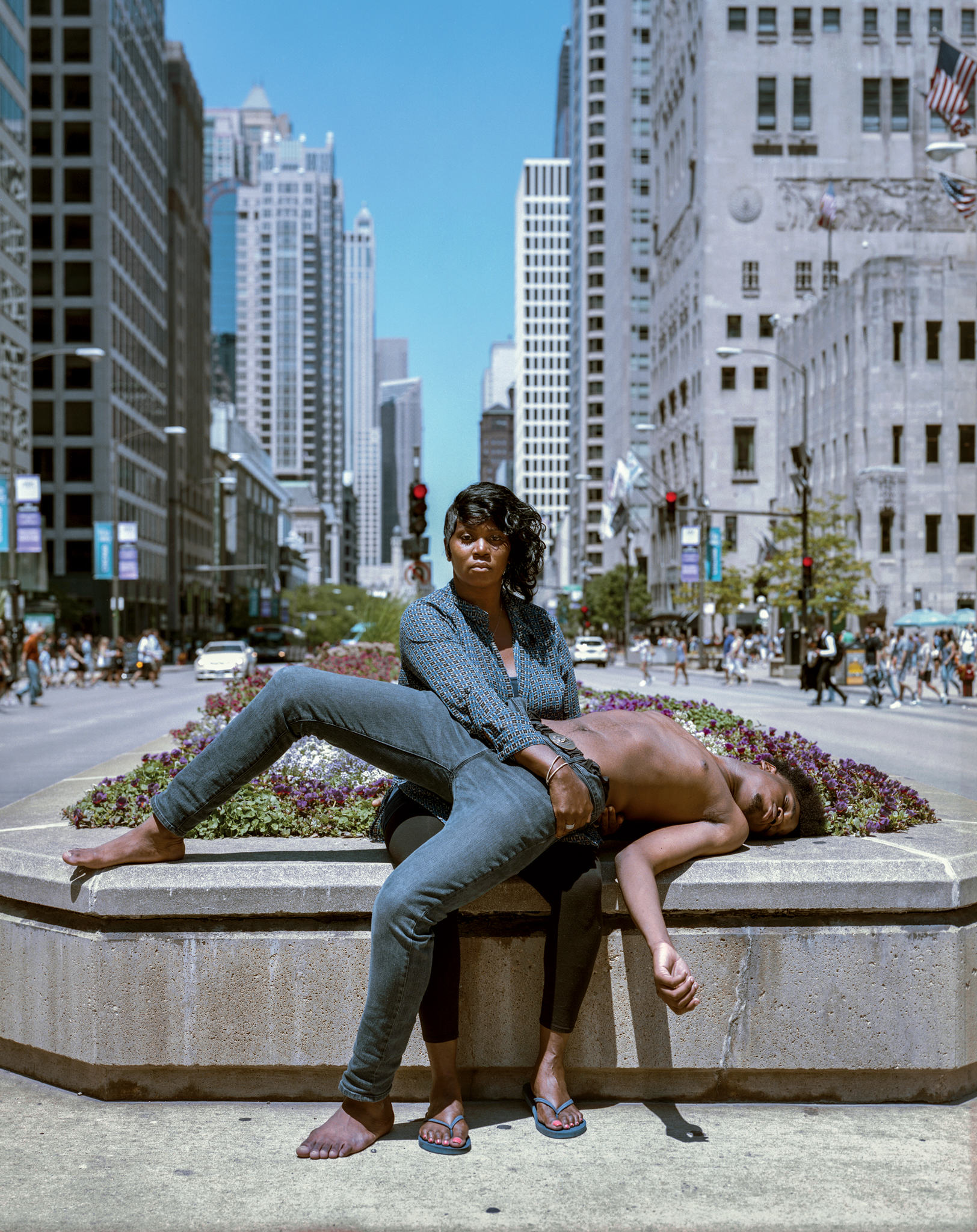On August 28, civil rights activists will commemorate the 57th anniversary of the 1963 March on Washington for Jobs and Freedom, where Dr. Martin Luther King, Jr. delivered his iconic “I have a dream” speech, with a Commitment March in the nation’s capital. The demonstration comes at a pivotal moment, as millions of Americans rise up and demand justice following the tragic shootings of George Floyd, Breonna Taylor, and, most recently, Jacob Blake.
As the nation confronts the impact of systemic racism, National Geographic is committed to helping its global audiences better understand what they are seeing in the news. With that in mind, in the days surrounding the event, National Geographic’s digital and social media platforms are featuring special coverage of the Commitment March and issues it seeks to address.
One article tells the story of James P. Blair, a longtime National Geographic photographer who took the day off to attend and photograph the 1963 march, which the magazine did not cover at the time. The story includes an interview with Blair, now 89, along with several rare color photographs that he took on that historic day.

Another story by Lonnae O’Neal, a senior writer at ESPN’s The Undefeated, explores the pain experienced by Black mothers whose sons are killed by police. “For America’s Black mothers, the fear of loss and trauma is constant” features images from Jon Henry’s “Stranger Fruit” project, which juxtaposes striking photographs of Black women and their sons with photographs of those same mothers in isolation. The project takes its name from the legendary singer Billie Holliday’s 1939 protest song, “Strange Fruit.”

Artist Jon Henry calls to mind the pietá in his photography project “Stranger Fruit.” Henry says he began the project in 2014, photographing unnamed mothers and sons to protest disproportionate police killings of Black people “for absolutely nothing.”
Additionally, contributing writer Rachel Jones will be covering the Commitment March for National Geographic on Friday and Saturday, sharing her reporting on NatGeo.com. Student journalists from Howard University, Morgan State University, Bennett College, Morehouse College, and the University of Maryland will also be contributing to National Geographic’s coverage and sharing their reporting on Twitter.
Beyond these stories, the Smithsonian Institution’s National Museum of African American History and Culture is taking over the @NatGeo Instagram account for the day on August 27. The museum is drawing from its extensive collection to share rare, iconic, and historically important images of the 1963 march, providing followers with valuable context for this year’s event.
During and after the march, the Instagram account will also feature posts from National Geographic photographers Stephanie Mei Ling, Wayne Lawrence, Stephen Wilkes, and Joshua Rashaad McFadden, who are covering the demonstration in person. A story the next morning will pair archival footage from 1963 with video from the Commitment March, including interviews conducted by documentary filmmaker and National Geographic Explorer Asha Stuart.
This coverage builds on National Geographic’s ongoing efforts to more fully tell the story of race in America. In recent weeks, National Geographic has published a number of timely articles about racial violence, protest movements, and the long battle for equality. Read more of our coverage here.